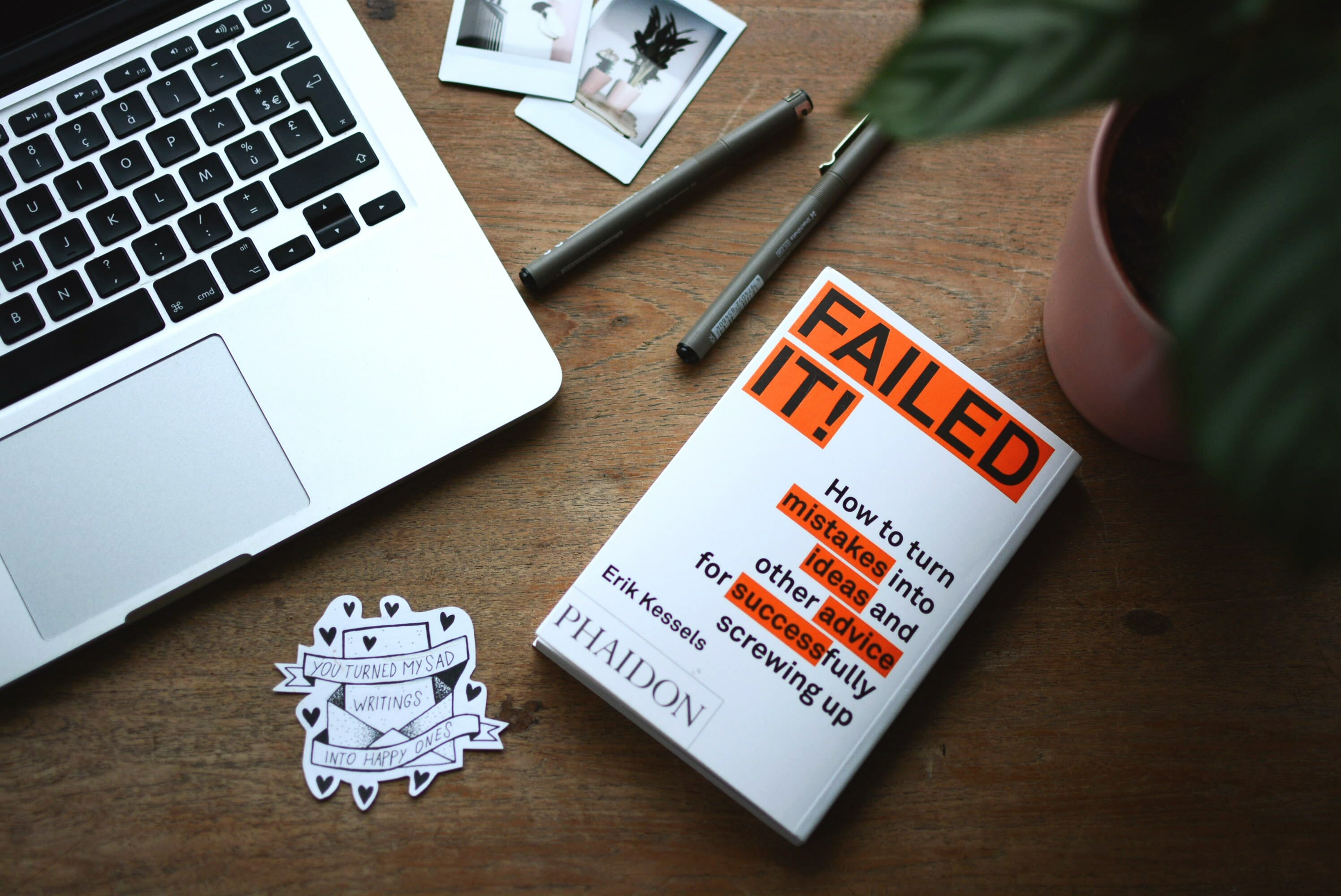There is too much talk on good web designs. But, information on evaluating the design is lacking. No one really tells you how to assess your web pages. While you may think it is the most captive web page, the customer most likely has conflicting views. Although there is no scale to measure the effectiveness of a website, here are 5 sure signs (sorry to break your bubble) that your website design is absolutely boring.
#1. Everybody loves Raymond, not pop-ups: No, the user does not want to travel to XYZ location at an unbelievable price. All they want is to get the information they seek on the website. Pop ups are still passable if they have supportive content and are in a reasonable dosage. Excessive pop-ups will drive the user up the wall. Pop-ups can be made less annoying when used the right way:
- Smarten it: In the world of smartphones, pop-ups can’t lag behind. There are smart CTA’s which either display or hide a pop-up depending on whether the user has visited the site before or if it is their first time.
- Moderation is the key: As in life, moderation is the key. Ensure that visitors are not constantly bombarded with pop-up messages. It is human nature to disregard information which comes off as desperate.
- Track their effectiveness: Remove or edit a pop-up if it doesn’t attract the expected number of views, clicks or submissions. A simple way to assess the effectiveness is by running an A/B variation test to analyze different copies and offers.
- Be polite: Don’t fall into the category of guilt-tripping the customer to acknowledge a pop-up. Instead, make use of polite language where the customer does not feel obligated to follow up on the pop-up.
If you want to do away with pop-ups altogether, use a sliding banner.
#2. The auto play pest: Auto play is the most irksome component of web designs. Most of us who surf aren’t supposed to be on that site in the first place (think about it, looking at online retail sites instead of making a presentation during office hours). You can only imagine the user’s plight when they open a site for some quiet surfing time and are bombarded with a video of a song or a talking head with no close sign in view. It is simpler to just hit the back button than muting the video. The website just lost a visitor thanks to their forceful dumping of content. Give the user the choice to play a video or start with the sound off.
#3. An overdose of generic or stock photos: We are living in a world dominated by creative exclusivity. There is no room for generic stock images. If you want the site to make an impact and not be just another nondescript information screen, make an effort to look for relevant pictures or best, use real images. Yes, images are integral for marketing but don’t use something which is unnaturally cheerful. Images of formally dressed employees jumping high in the air, is confusing: does it mean that the employees are thrilled to work for your company or if you employ only good-looking photogenic models? Pictures like these are of no help to the company. Images must be relevant. If for any reason there are no real images available, browse the web for meaningful, non-cheesy photographs.
#4. Mindless ‘About Us’ page: Very few successful customer-business relationship starts with the ‘About Page”, but it is important, nonetheless. Customers click on the ‘About Us’ page to see the face behind the site/business. Most users want reassurance that the company they are considering is real with actual people at the other end. Also, users want to gauge if the values and priorities of the organization match their own. The page must contain information on who, where, what, how, and when, of the company’s history. A phrase like, “reduce churn by backfilling the sales pipeline” is gibberish. A better way to put out the same information is, “assist companies in dealing with high traffic”- keep it simple and concise.
#5. Too many stuffed keywords: Keywords are used to increase visitor flow but must be intelligible at the same time. It is illogical to strew a few keywords meant for bots than human readers. Those of you who’ve actually gone through websites from the late 90’s understand this point. Back then, the content overload was filled with keywords with the primary intention of SEO and not as an explanation. Google now penalizes websites which stuff keywords. Such websites make terrible reads. Go easy on the keywords.
Work on these signs and make corrections where necessary to turn a drab site into “Oh! This looks like an interesting place”.



